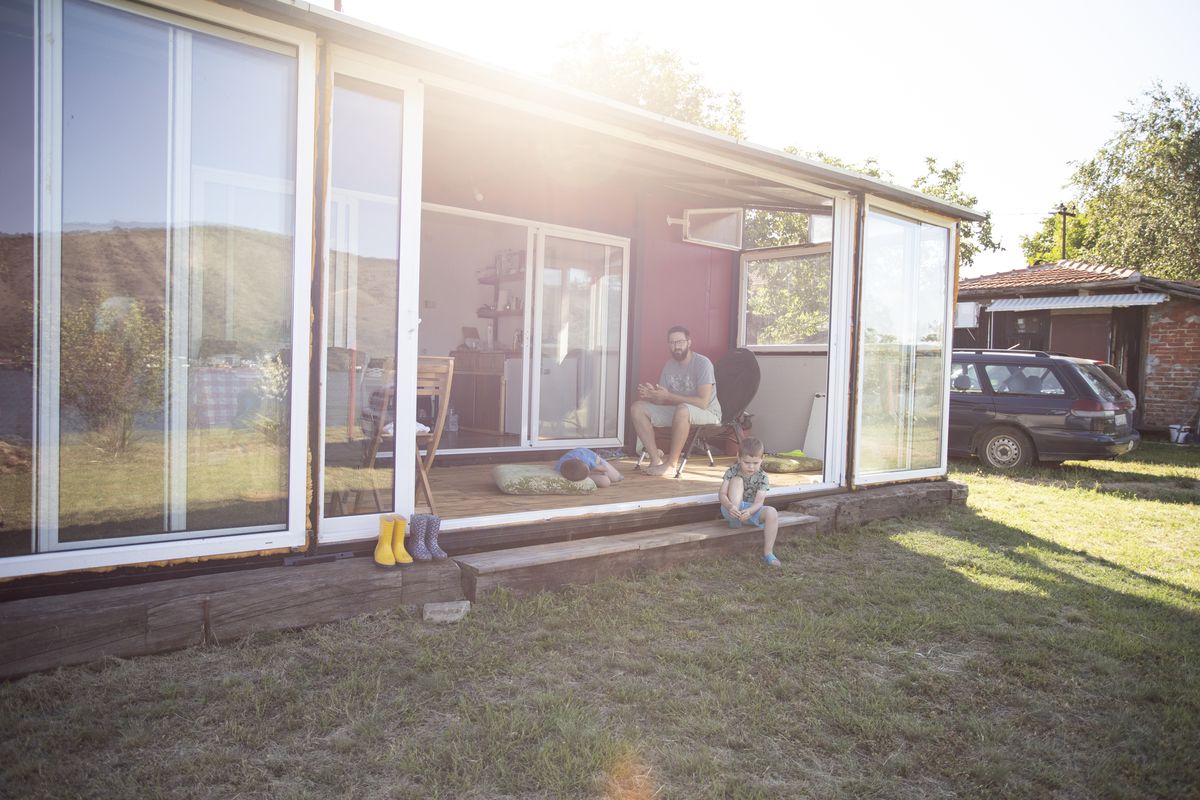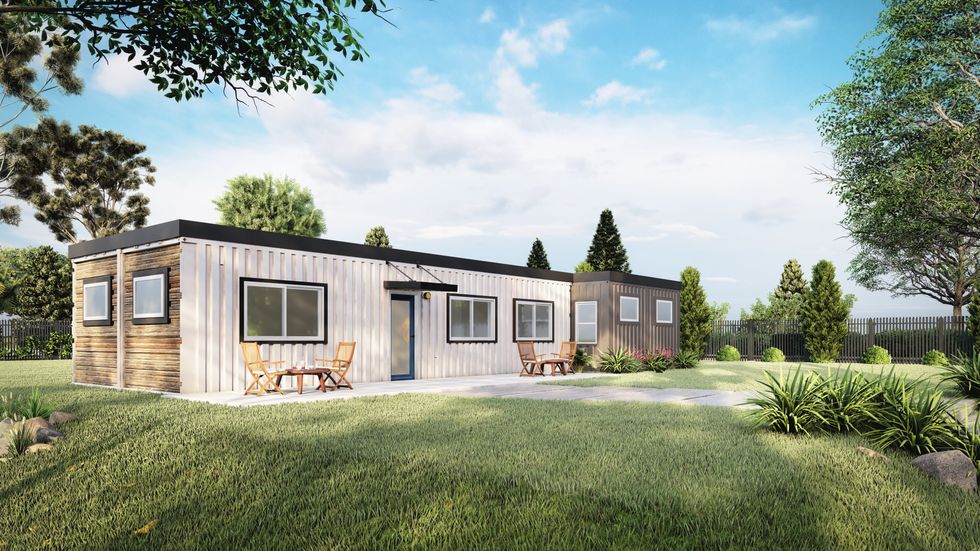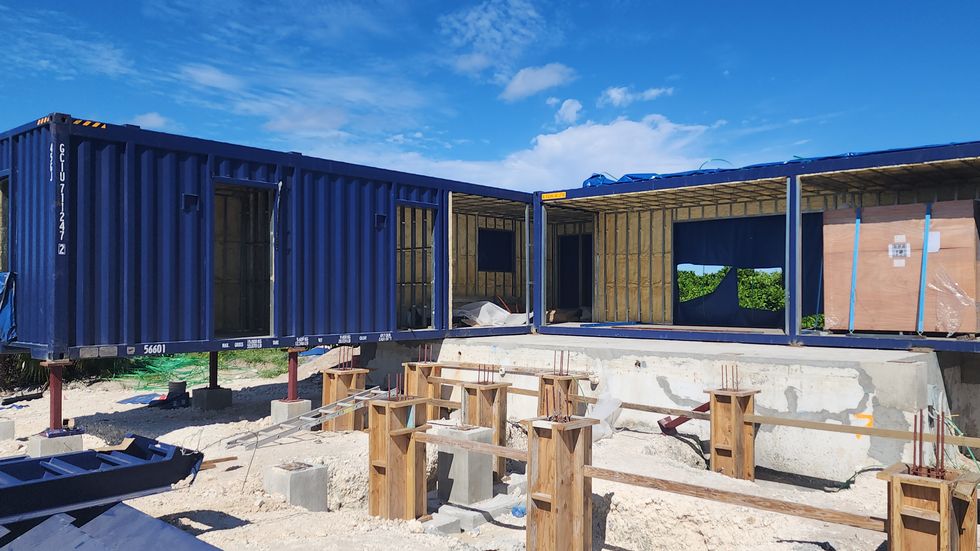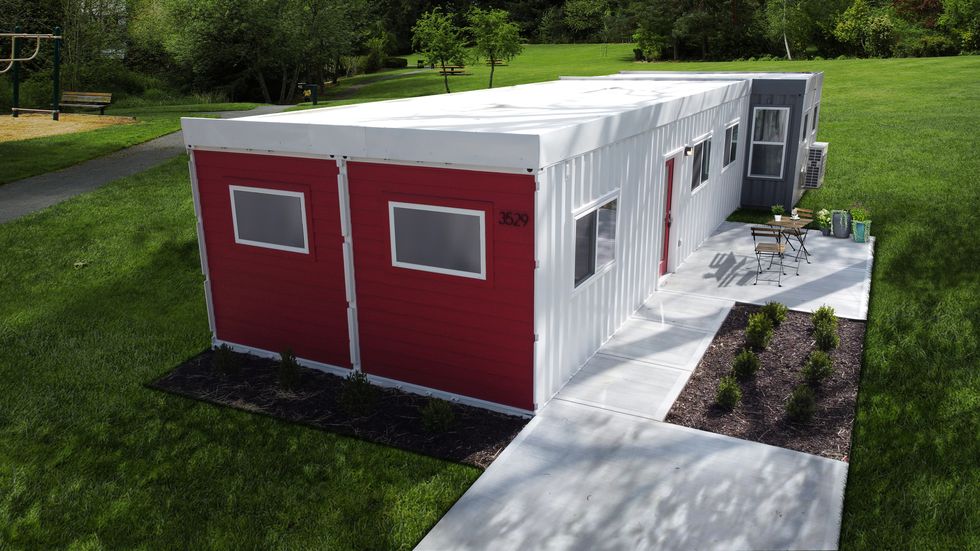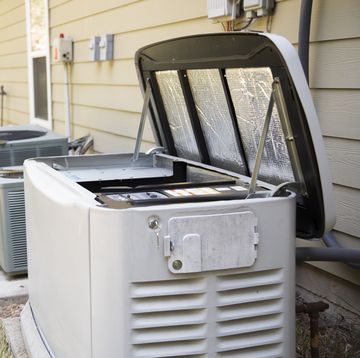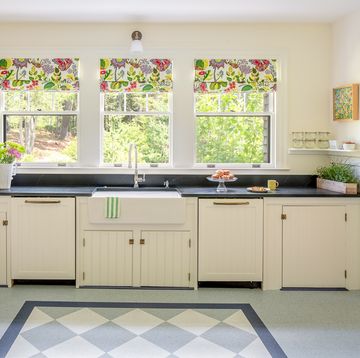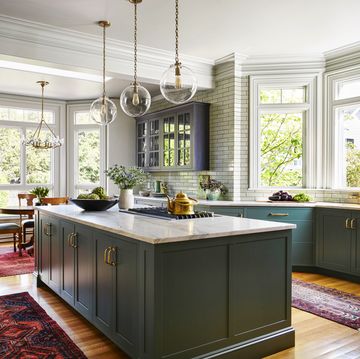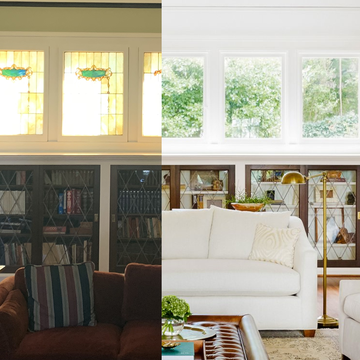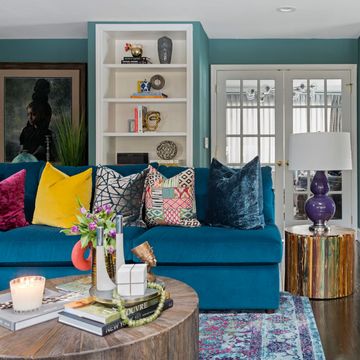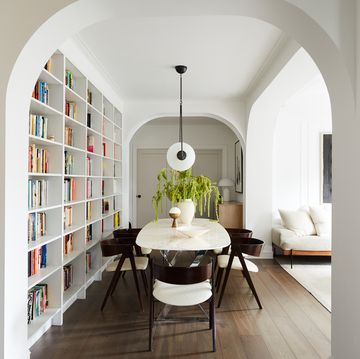A tiny house will never go out of style, which makes it a good investment. However, building one from scratch can be prohibitively expensive (unless you ordered a unit from Wayfair or Lowe's). Instead of wishing for your tiny but costly dreams to come true, consider a shipping container home. The modular containers can be the perfect blank canvas to customize a space you'll love without breaking the bank.
"Containers are in vogue right now. Far more than a trend or a cool conversation piece, they're the right move for the environment and your budget, with rising housing costs," says Robin Staten-Lanier, the founder of Tiny Urban Escapes. According to the experts, DIYing your shipping container home can cost anywhere from $3,000 to $10,000, excluding utilities. If you're buying a prefab container home expect a range in prices from $25,000 to $250,000.
Still, turning a shipping container into your dream home will require planning, permits, and creativity! Luckily, we are here to help with the ultimate guide on how to build a shipping container home.
Kionna Walker, founder of Next Great Architects explains, "Building container homes require a team of skilled experts and a homeowner willing to step outside the box of traditional construction."
Intrigued? Below, you will find step-by-step tips and the benefits of committing to an alternative living choice.
Why Are Homeowners Choosing Shipping Containers?
With lead times for pre-fab tiny house kits still lagging, shipping containers are readily available, inspiring both architects and designers to innovate. In a study conducted by Allied Market Research, researchers found that the global container market size is expected to reach $73 million by 2025.
Staten-Lanier explains, "The demand for housing is ever-increasing; However, the inventory is decreasing. Homeowners can choose shipping containers to create a new, innovative, and financially feasible way to meet this crucial demand and construct the homes of the future."
Benefits of Investing in a Shipping Container
According to Giant Containers, the main benefits of shipping container homes are speed, strength, and mobility. "Depending on the scale and nature of the build, construction takes half or one-third the time compared to typical construction methods," says a representative for the company.
- Depending on whether you are going the complete DIY route or a structure designed with a floor plan, a shipping container can cost as low as $3,000.
- The homes can withstand the elements.
- Expandable option offering mobility if you choose to add more modular units.
- Steel is an environmentally conscious material for building as it is recyclable.
Robert Wagoner, the founder of Custom Container Living, says "We see a lot of customers buying the shipping container homes for primary residences, a weekend getaway, or nightly rentals houses with Airbnb."
Steps to Building a Shipping Container Home
"A chic container home is nothing if it isn’t constructed properly," says Staten-Lainer.
- Do your homework. Planning is key. No matter where your location is, you will have to comply with state and local laws on the size and height of the shipping container home. For example, if your site is on an undeveloped piece of land, there will be added costs for locating and connecting to existing utilities in the region. On top of being above a stable plot of land, the container must be installed in an array that can accommodate its size.
- Choose a shipping container. According to Walker, there are typically four different size selections before you begin customizing the containers. The most common sizes are 20 feet and 40 feet long with an 8-foot standard width. The more compact the size, the more shipping containers you can grow with if you choose to expand. Whether you are looking to completely bring life to a standard shipping container or choosing a prefabricated shipping container home, you have to find a choice that fits your land and design preference. Are you stacking the home or welding? Work with experts to design a layout to visualize what the home can become. "You will need a design to accommodate living functions. This is where the architects and interior designers can really merge their creative juices," says Walker.
- Get approval for the project. Teamwork makes the dream turn into a reality. Hiring local experts will know the ins and outs of the permit process to ensure you are not in limbo. Giant Container states, "It is critical to work with a general contractor who has experience with modular construction and understands what is required to obtain permits, trench services, install the proper foundations, and install the home to a foundation when building a modular home."
- Prepare construction site. The area must be cleared for the shipping container to be delivered successfully. Most prefabs are installed on top of a slab or strip foundation to support the structure and avoid corrosion from water. A mason or contractor can help with choosing the correct base for your site. The area will have to be prepared for water drains, septic tanks, electricity, plumbing, and gas.
- Install shipping container. A builder will use a crane or forklift to place the container on the land. Depending on your experience with building, you can choose what professionals you will need to contact for assistance. You will need a team of builders, electricians, and plumbers who will work with you when the home arrives to ensure it is a livable space from doors to windows. Wagoner advises that you work the insulation of the home into the build of your shipping container, based on your climate. Some of the insulation types include spray foam, loose-fill fiberglass, wool, cotton, or a rock wool blend.
- Wait for inspection. You are almost there! Once your team of builders and designers gives the green light on calling the inspector (a good idea if your home is DIY), you are ready for sig0ff. The inspector has to analyze the home to make sure it's up to the building code and regulations. This stage is incredibly important as it's better to be reassured that you're moving into a stable living environment and if not, what changes to make.
- Design the interiors to your delight. Are you leaning towards a contemporary industrial look or a minimalist and neutral feel? If you aren't sure what aesthetic you are going for, speak to an interior designer to bring in the furniture and decor you will need to make your home feel like home.
Not sure if you want to take on such an involved renovation project? There are shipping container companies offering homes that only require adding the foundation and contacting your construction team for plumbing and electricity. Wagoner states, "Along with initial interests, our customers are coming to us because they can't find any builder or anyone that can build it on-site. We offer a turnkey solution."
Follow House Beautiful on Instagram.
Medgina Saint-Elien covers everything your home needs. She writes about exciting new product launches, hands-on reviews, and the "lightbulb" moments in every maker's story. In overseeing key HB editorial franchises, including the Live Better Awards, Saint-Elien champions the work of BIPOC entrepreneurs in the design and beauty industries. In addition to House Beautiful, her work has been published in Byrdie, Snapchat, and more. Outside of work, the writer and poet can be found documenting her travels on social media and saving memes for future use.
